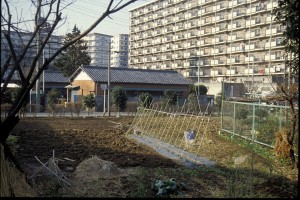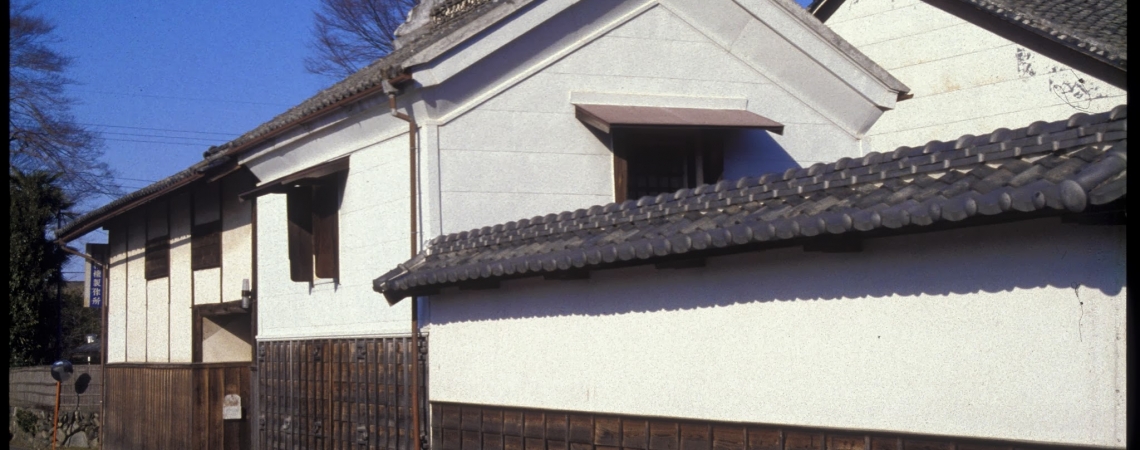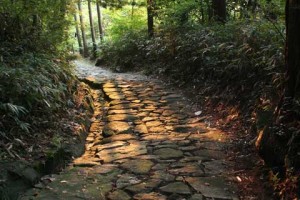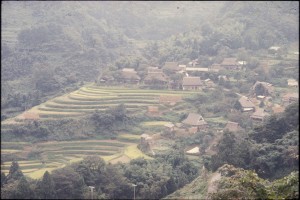
Since 1960, market gardening has been encouraged by the government as an alternative to rice cultivation which has long been seen as subject to low economic returns and to high price fluctuations due to over or under-production. Official policy encourages farmers to switch to money crops like vegetables and fruits. These often provide higher yields… [Read more]




